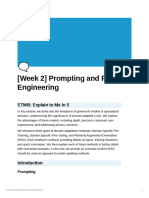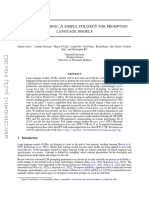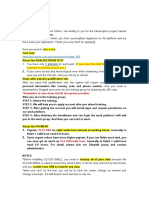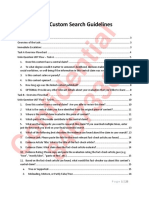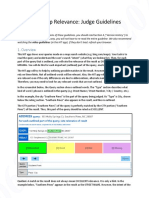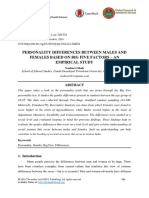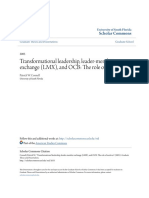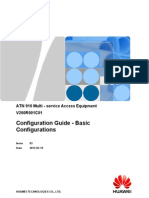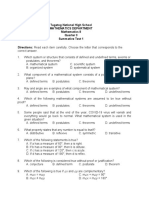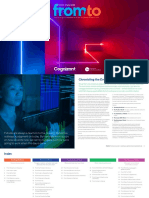0% found this document useful (0 votes)
65 views27 pagesThe Snake Eyes Project Tasking Handbook
The Snake Eyes Project Tasking Handbook outlines the process for creating and rating prompts for AI models, emphasizing the importance of user intent and natural conversation flow. It includes guidelines for writing effective prompts, evaluating model responses using RLHF dimensions, and ensuring diversity in prompt categories across multiple turns. The document also provides a detailed workflow for tasking, including self-assessment questions and common errors to avoid.
Uploaded by
chrisboruraCopyright
© © All Rights Reserved
We take content rights seriously. If you suspect this is your content, claim it here.
Available Formats
Download as PDF, TXT or read online on Scribd
0% found this document useful (0 votes)
65 views27 pagesThe Snake Eyes Project Tasking Handbook
The Snake Eyes Project Tasking Handbook outlines the process for creating and rating prompts for AI models, emphasizing the importance of user intent and natural conversation flow. It includes guidelines for writing effective prompts, evaluating model responses using RLHF dimensions, and ensuring diversity in prompt categories across multiple turns. The document also provides a detailed workflow for tasking, including self-assessment questions and common errors to avoid.
Uploaded by
chrisboruraCopyright
© © All Rights Reserved
We take content rights seriously. If you suspect this is your content, claim it here.
Available Formats
Download as PDF, TXT or read online on Scribd
/ 27



















